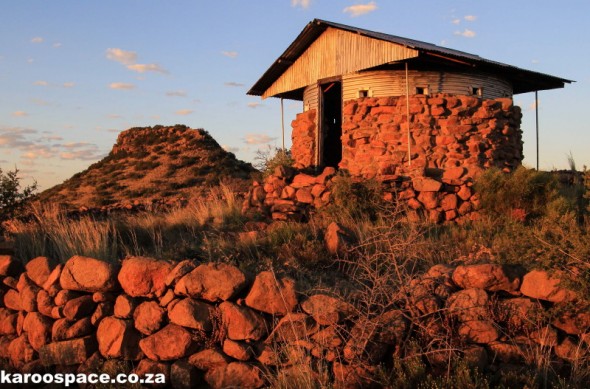
Karoo Diary: The Blockhouse Blues
Text and Photographs by Chris Marais We marched up the hill early one morning and settled into the old British blockhouse. Down below, the N1 highway between Jo’burg and Cape Town was churning with freight trucks and the Free State mists were dissipating. The blockhouse – one of 8 000 erected all around the country […]

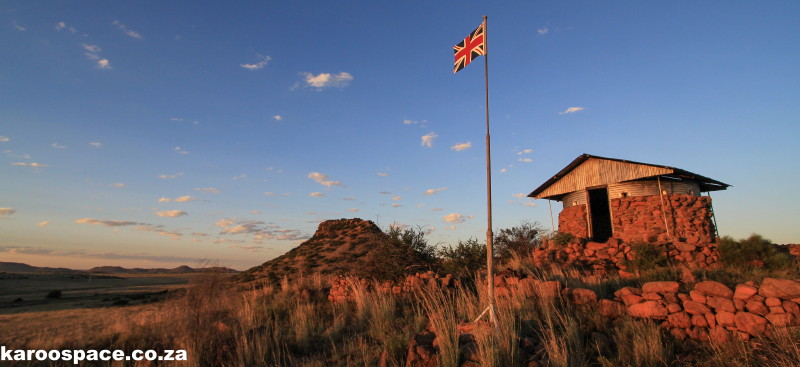
Text and Photographs by Chris Marais
We marched up the hill early one morning and settled into the old British blockhouse.
Down below, the N1 highway between Jo’burg and Cape Town was churning with freight trucks and the Free State mists were dissipating.
The blockhouse – one of 8 000 erected all around the country during the Anglo-Boer War – used to be home to seven Tommies, who would spend more than three months under this infernal corrugated iron roof looking out for their Boer enemies.
Then they would be replaced by another squad of seven Tommies.
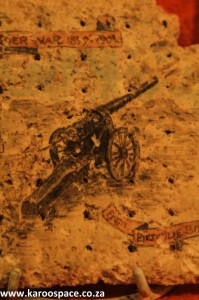
Most days, nothing happened.
The soldiers would grow bored, start picking fights with each other, making comments about the other man’s girlfriend, goading the guy across the room.
In typical, timeless Army style, they would pass the time catching snakes and lizards and keeping them as pets up there on the hill. Maybe setting them on each other.
I looked at a pile of very large, rusty tins on some rocks nearby.
“Those were their rations”, said farmer Blackie de Swardt. “The tins would contain bully beef, stew and biscuits. Sometimes the food was contaminated and the tins swelled up. You ate that, you got ptomaine poisoning. The Tommies called it “Blow Me Down Stew”.”
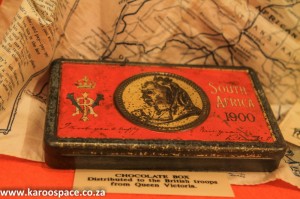
Renowned author and war correspondent Edgar Wallace wrote this about life in a blockhouse:
“Here were a dozen men who had probably seen more battles in one year than most generals see in a lifetime, and yet their talk was not of war, or great daring, but just the subjects, the selfsame subjects, they would argue out in times of peace at the bar of the ‘Green Man’…”
If you ever find yourself in the East London Museum, look out for the Queen Victoria chocolates and the good old army ‘dog biscuits’ on display.
You know it’s a British Army dog biscuit because it bears the stamp of the image of an artillery piece.
The British soldier hunkered down in the blockhouse would get a Bovril Pack as well. It was a simple metal tube. One side contained the world-famous Bovril paste, the other was filled with cocoa.
All courtesy of Queen Vic and the Army Quartermaster back home…
-
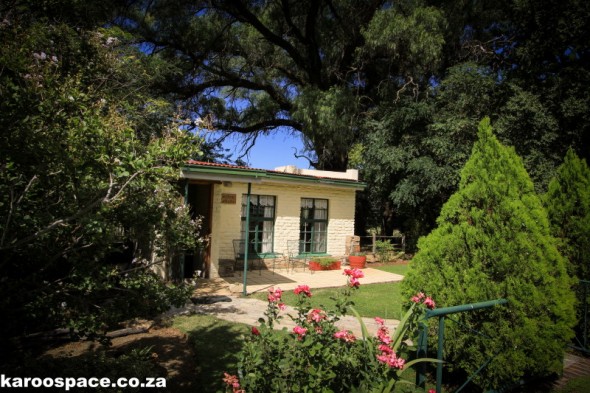
One of the guest cottages at Prior Grange. Blackie de Swardt’s blockhouse lies on Prior Grange Guest Farm outside Springfontein, which used to be a major British rail junction during the Anglo-Boer War. It’s an excellent farmstay and your host is also a published local historian.